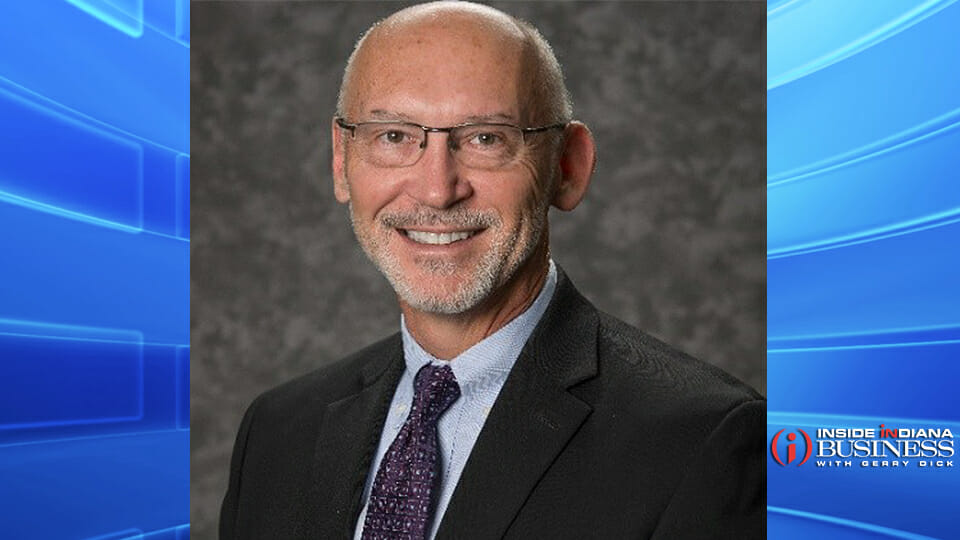The talent pipeline is worse than you think
Subscriber Benefit
As a subscriber you can listen to articles at work, in the car, or while you work out. Subscribe Now
For those already affected by the shortage of manpower in almost every industry and geographic area, or if you fret over 5-10-15-year workforce forecasts, you may want to take a seat. It is very likely that many such projections overstate the future supply of manpower.
Why? Today, the Centers for Disease Control and Prevention (CDC) reports one in five teens has had a seriously debilitating mental illness. The percentage of young females and youth not self-identifying as heterosexual is much higher.
The CDC says female students were nearly twice as likely to experience persistent feelings of sadness or hopelessness and nearly twice as likely to attempt suicide during the past year compared to their male peers; with nearly six in 10 feeling persistently sad or hopeless and more than one in 10 attempting suicide.
LGBTQ+ students were nearly four times as likely as their heterosexual peers to attempt suicide during the past year, with more than two in 10 reporting this experience. Attempted suicide was higher among black students than students from other groups.
Now, add to this distressing picture that many forms of mental and emotional health conditions are difficult to diagnose and are likely underreported and you start to see the point. A very high percentage of tomorrow’s presumed workforce who will enter the job market over the next decade is struggling with a significant impairment or may never join the workforce at all.
Mental and emotional conditions are often veiled behind a misleading and confident front driven by fear of the stigma associated with mental illness. Many individuals are simply unaware of the cause behind their lack of motivation or declining productivity. Parents of youth who commit suicide often report no warning signs.
Study after study makes clear that a significant part of our society has limited or no access to professional medical diagnosis, treatment, and counseling. For many young people who do have access, traditional interventions alone are not enough.
If there is anything to be positive about it is that employers who will read this dim outlook with despair also possess one of the most powerful tools to improve the outlook: jobs. For young people who already face a gauntlet of challenges throughout adolescence and are now struggling with a mental or emotional headwind, a job can be a powerful mental health treatment.
Employers who today are investing in apprenticeships, internships, work-study programs and other proactive strategies to bring youth into their workplaces are not only meeting and training potential employees, but they are also likely improving their mental and emotional health, and thus increasing their chances to stay in the workforce.
At Ben’s Ranch Foundation, we arrange and support paid, part-time internships and small group programs on farms and at stables for teens struggling with mental and emotional health issues. These work-based experiences improve self-confidence, mood, and employability.
Sadly, workforce development and education leaders report that most high schools trying to find willing employers in their districts are struggling. Employers of all kinds, including farms, stables, nurseries and agribusiness, must step forward in every community. Their involvement can change or save lives, improve their bottom lines, and improve our future economy.
